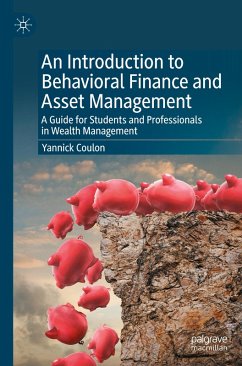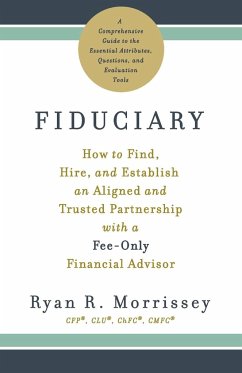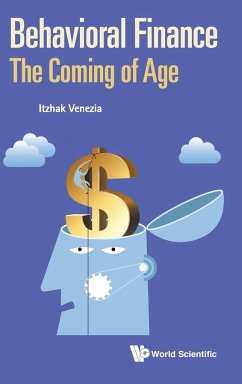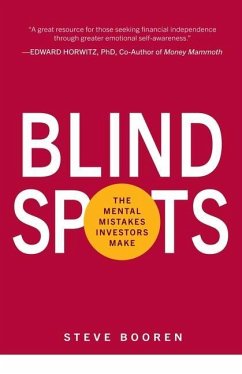
Behavioural Finance
A guide for financial advisers

PAYBACK Punkte
16 °P sammeln!
This book is a financial adviser’s guide to behavioural finance – the psychology of financial decision-making. Psychological research shows that often people don’t conform with ‘rational’ financial models and theories. Rather, they are subject to a range of decision-making biases. These biases are often deeply rooted in the way people think, in the structures and functions of their brains, in their shared evolutionary histories, in their social environments and cultures, in the lessons they have learnt from past experiences, and sometimes even in their genetic codes. However, because...
This book is a financial adviser’s guide to behavioural finance – the psychology of financial decision-making. Psychological research shows that often people don’t conform with ‘rational’ financial models and theories. Rather, they are subject to a range of decision-making biases. These biases are often deeply rooted in the way people think, in the structures and functions of their brains, in their shared evolutionary histories, in their social environments and cultures, in the lessons they have learnt from past experiences, and sometimes even in their genetic codes. However, because many biases operate beneath the surface of conscious awareness, their influence on people’s decisions can remain hidden. This book dives below the surface of consciousness and asks: how can financial advisers use what we find down there? The answer is that advisers can use insights from behavioural finance to improve face-to-face conversations, risk questionnaires, fact-finders, advice documents, application forms, websites and investment reports. Behavioural finance can be used to better understand and influence clients, to manage an adviser’s own decision-making biases, and to improve organisational cultures and practices. And it can be used with clients ranging from those who are financially illiterate and overwhelmed, to those who think they are too sophisticated to be biased. The first half of the book shows how behavioural finance can help advisers to better align their advice with a client’s risk profile, to assist clients to set goals and to spend their money in ways that lead to happiness, to provide financial literacy education that clients are likely to respond to, to coach clients through market cycles, and to invest in portfolios that exploit other investors’ decision-making biases. The second half discussed how advisers can help clients to avoid common asset allocation and diversification errors, how they can more effectively communicate with and influence clients, how they can assist them to buy residential property and to save for retirement, and how they can mitigate the impacts of conflicts of interest. By discovering and influencing the real drivers of people’s decisions, the strategies discussed throughout this book have the potential to improve outcomes for advisers, their clients and the organisations advisers represent.














